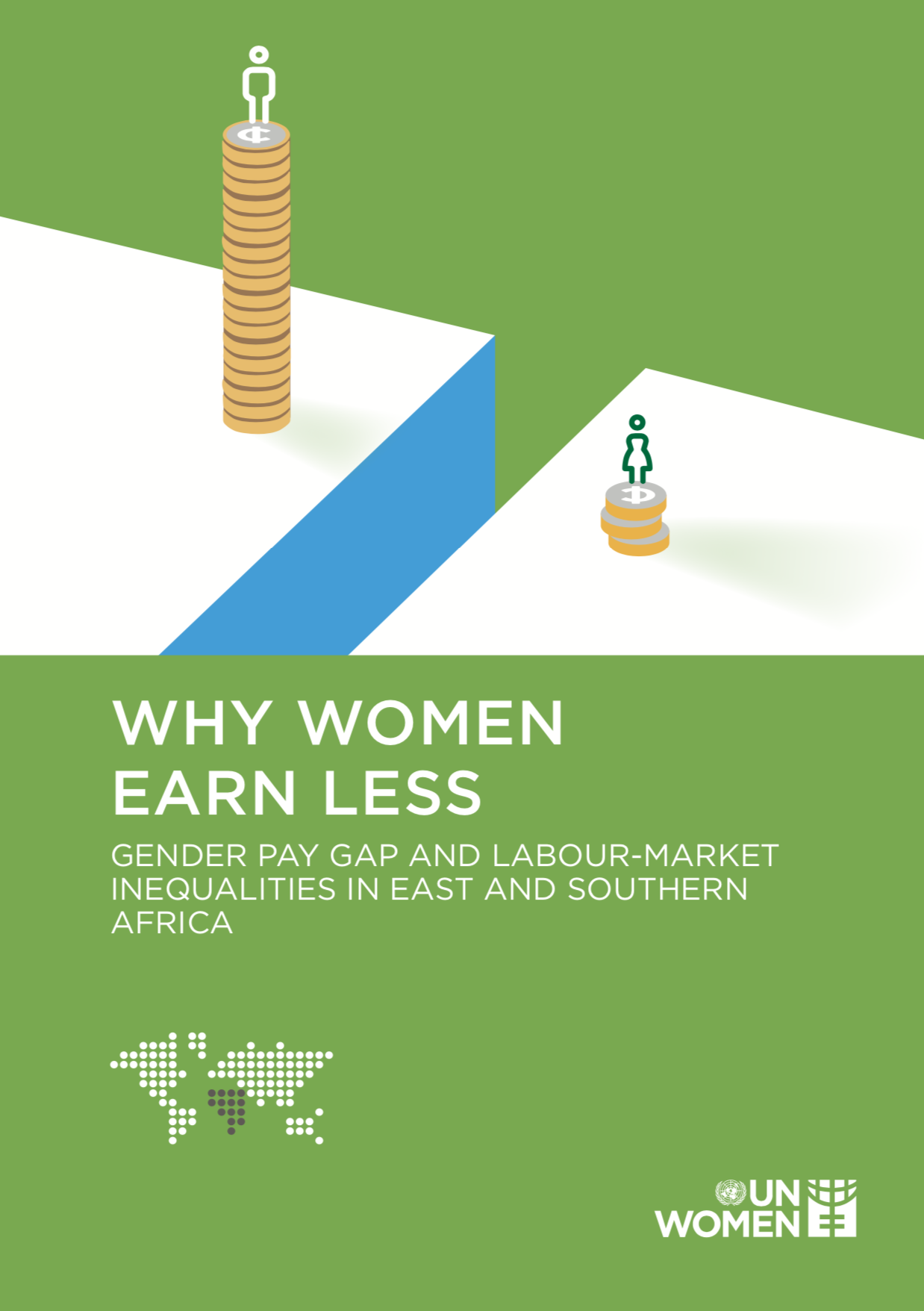
Why Women Earn Less: Gender Pay Gap and Labour Market Inequalities in East and Southern Africa

Despite progress in women’s economic and political participation, formal employment and education attainment, gender pay gap remains a pervasive labour-market feature across the world. Understanding and addressing the gender pay gap and labour market inequalities is essential for promoting women's economic, social, and personal well-being, as well as advancing the broader goals of gender equality and societal progress. This study sheds light on the persistent challenges that women face in the labour market across the East and Southern Africa (ESA) region. Using data from 10 countries – Ethiopia, Kenya, Malawi, Mauritius, Mozambique, Namibia, Rwanda, Tanzania, Uganda, and South Africa – it finds that women only earn 81 cents for every US dollar earned by men in the region, on an hourly basis. On a monthly basis, women earn about 68 cents for every US dollar earned by men because women work for fewer hours for pay every week. This leads to lifetime income inequality between women and men. Considering other factors that determine pay, such as age, education, marital status and type of job, women earn 92 cents less for every dollar that men earn per hour. There is also striking sectoral and occupational segregation by gender, and evidence for a “glass ceiling” that prevents a lot of women from reaching the highest-paying jobs. This report is to better inform researchers, policymakers, development practitioners and trade unions to understand labour market inequalities in the region and use it to advocate for gender equality.